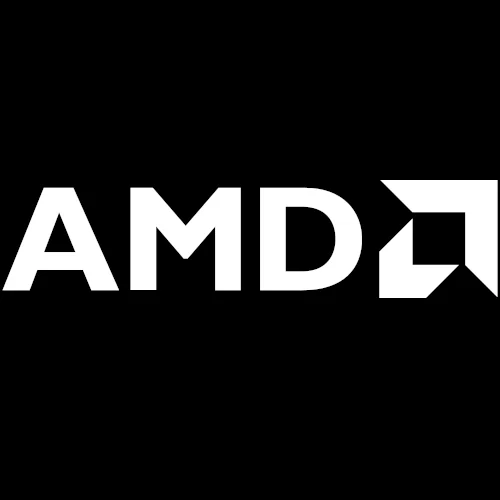Open-Source AMD Users Report Hawaii GPU Acceleration Is Working

There's now over 100 comments to the FreeDesktop.org Bug #78453 that is tracking AMD Hawaii acceleration support by the open-source driver. Thanks to the few extra kernel patches and updated AMD Hawaii microcode files, the GPU hardware acceleration is indeed panning out for these latest, high-end AMD graphics processors.
AMD Hawaii support works with GLAMOR (both with the external library and the internal support found in X.Org Server 1.16), is running a variety of Steam games, etc. As a word of caution, MSAA might be one of the currently broken Hawaii features unless additionally applying a libdrm patch. Among the titles people are reportedly trying with the Hawaii GPU on RadeonSI Gallium3D include Civilization 5, Half-Life 2, Metro: Last Light, Portal 2, and XCOM: Enemy Unknown. The performance on the open driver is said to be satisfactory in most situations but with XCOM for instance the frame-rate on a R9 290 class GPU is under ten frames per second and there's also issues with GPU stalls. A big problem reported by a user comes down to very poor performance in playback of video streams, such as from Twitch.
Given that the Linux 3.16 kernel release should be coming up soon, I'll likely wait until the merge window of the Linux 3.17 kernel before trying out the open-source Hawaii support on my Radeon R9 290. By then the support will hopefully be queued all up with the necessary Radeon DRM changes for the mainline kernel and the few changes to RadeonSI Gallium3D and libdrm will have hopefully worked their way to mainline Mesa, ideally with extra fixes and optimizations beyond what early adopters have seen out of this long-awaited driver support. Of course, my tests will also include R9 290 numbers between RadeonSI Gallium3D and Catalyst. For non-290 class hardware, I have new open vs. closed data to be published next week.
6 Comments

